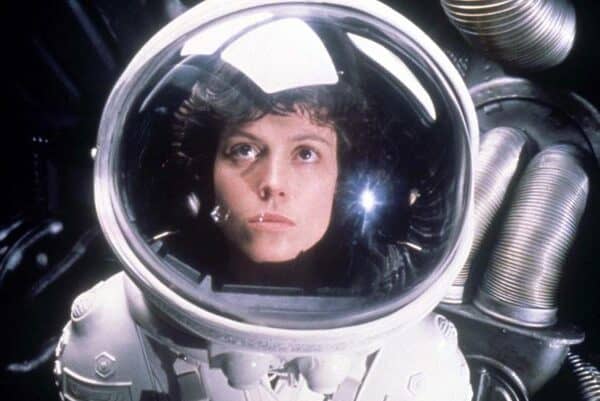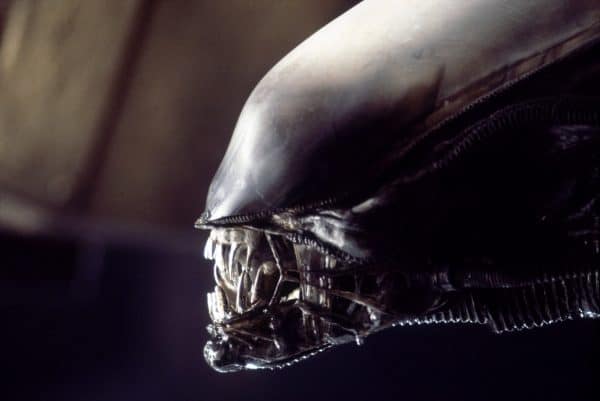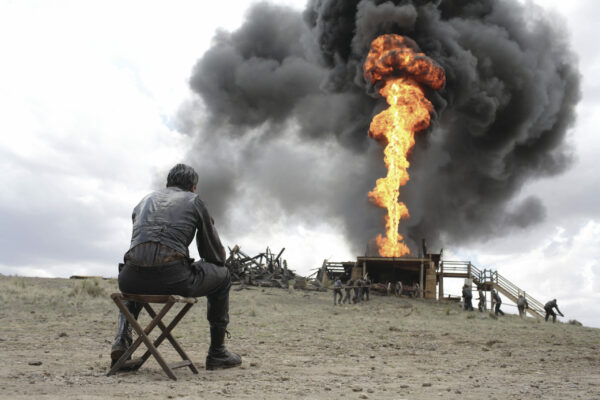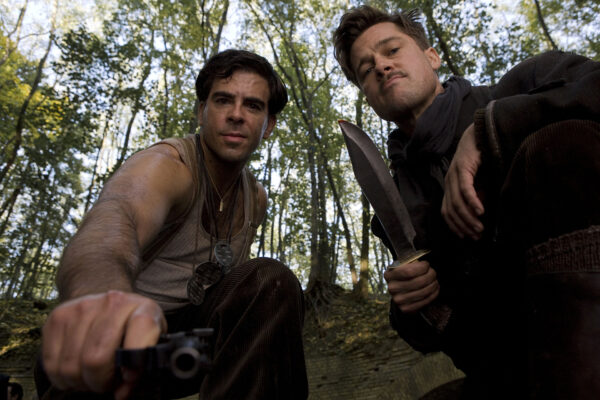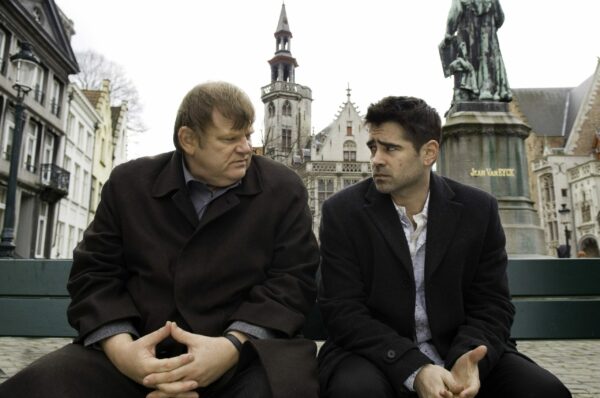
The Xenomorph is one of the most recognisable pieces of design in Hollywood movies. Joey Jones is here with the full story of how the iconic monster came to be. The creation of the Alien.
The Xenomorph. Internecivus raptus. XX121. Whatever you call the iconic creature from Ridley Scott’s seminal sci fi-horror, Alien (1979), all can surely agree on its place as one of the great movie monsters. (For context, and the purposes of this article, we’ll be going with, ‘The Alien’).
Following on from Scott’s classic movie, the Alien has appeared many times in many movies from the series. Some are classics, such as James Cameron’s action-packed shoot ‘em up Aliens (1986). Alternatively, some are turkey’s, like Aliens Vs. Predator – Requiem (2007). The consistency and quality of the series has been up for debate for decades. What can’t be argued though, is the enduring status of the Alien as one of the greatest and most influential design works in Hollywood history.
This is the story of a talented group of people. A Hollywood from a different time. And the making of a monster.
Explaining the Alien
First off, though, some context. What was it those people created?
Well, the Alien is an extraterrestrial lifeform conceived (it transpired in Alien: Covenant [2017]) as a biological weapon created by man. (An android, actually).
A nameless species, the creature was mostly named, “the organism,” in 1979 and, since then, has been referred to as a beast, a serpent, an animal, a monster, and a dragon. ‘Xenomorph’ seems to be widely accepted now as the name of the species, a term first used by Lieutenant Gorman in Aliens in 1986. (Gorman, though, was using the word as a catch-all description of extraterrestrial life).

The Xenomorph in Alien: Covenant
Lacking any kind of technological advancement or understanding, the Alien is very much a primal, feral and predatory animal. Perhaps because of this, the Alien species is eusocial in its nature. This means that, like some insects, there are reproductive ‘queens’ who breed sterile workers or soldiers that perform tasks on behalf of the colony.
The Lifecycle
The lifecycle of the Alien is a parasitic one. The Alien Queen lays eggs, from which hatch ‘Facehuggers’. The Facehugger is an eight-legged parasitoid with one purpose – to implant the embryo it carries into the body of a host. It does so by using its long appendages to attach itself to a host’s face. The Facehugger chemically paralyses the host, rendering him/her/it immobile. Following that, a tube-like organ is inserted down the host’s throat, allowing the Facehugger to implant said embryo deep in the host’s body. Any interference, however, results in the Facehugger tightening its grip around the host’s neck. And its acidic blood prevents it from being forcibly detached. Invariably, attempts to remove the creature result in the host’s death.
From there, the larvae grows inside the host and incubates for a short period (typically shown as a few hours). The young Alien then forces its way through the chest cavity, killing the victim and earning it the nickname ‘Chestburster.’ The juvenile then matures into adulthood in a matter of hours, and begins to hunt new potential hosts.

The iconic chestburster scene from Alien
Characteristics of the creature
The Alien is seen mostly as bipedal, though this seems to depend on its host. Take Alien 3 (1992), for example, where a canine host produces a creature that runs on all fours. Standing upright, though, they can be between 7.5ft and 9ft tall.
Eyeless in appearance, the creature sees in a manner similar to that of a Great White Shark’s lateral line sense of touch. In Alan Dean Foster’s 1979 novelisation of Alien, duplicitous android Ash speculates the Alien sees by way of measuring electrical impulses. One of the most recognisable characteristics of the Alien is its mouth, which has an inner set of jaws usually revealed during attacks. The jaws are extremely powerful, and strong enough to smash through bone, and even metal.
Aliens have acid coursing through their veins. Highly corrosive, it can burn through the hull of a ship or cause serious physical injury, and makes the creature very difficult to kill.
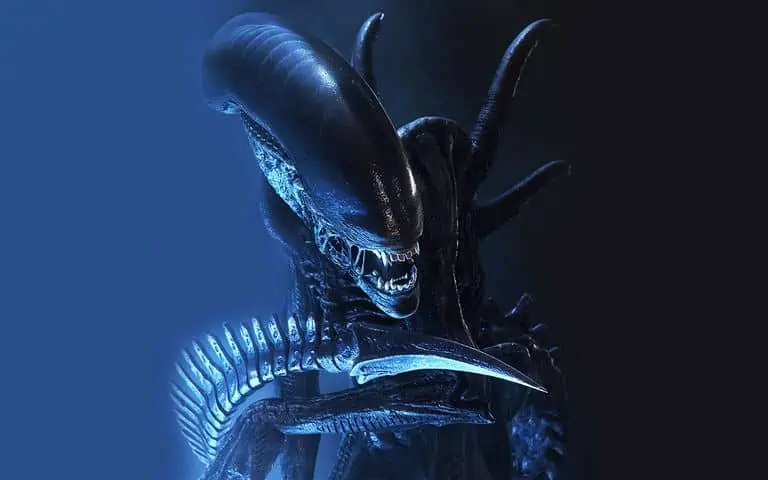
The fully-grown Alien
Conceiving of the creature
Alien was written by Dan O’Bannon and Ronald Shusett, two unknown science fiction writers back in the late 1970s. O’Bannon had co-written John Carpenter’s Dark Star in 1974. Shusett, though, had no screen credits prior to Alien.
O’Bannon’s first draft was called ‘Memory’. It was then called ‘They Bite’, which makes little sense as there’s only one of them, and it doesn’t bite. It was then changed to Star Beast. However, after reading through the script, O’Bannon and Shusett realised how many times the word ‘Alien’ was mentioned. “I was running through titles, and they all stank”, O’Bannon said later, “when suddenly, that word alien just came out of the typewriter at me.”
Deciding it worked as both noun and adjective, O’Bannon and Shusett quickly agreed on ‘Alien’ as the title .
O’Bannon and Shusett’s first idea was of an alien aboard a spaceship, terrorising the crew. The problem they had was figuring out how to get the Alien aboard the ship, and they reached an impasse. Then, one night, Shusett woke in a cold sweat. He called O’Bannon immediately and said, “I’ve got it! The alien jumps on one of their faces and f***s them!” Rather than thinking he was a madman, O’Bannon said to Shusett, “my god, that’s it, we’ve got the movie.”
Shusett was, of course, describing what would develop into the Facehugger. With the core idea in place, O’Bannon and Shusett began to research their concept. They looked into the lifecycle of insects, and took particular inspiration from Braconid wasps. That particular species lays its eggs inside hosts (often caterpillars or butterflies), and the hatchlings erupt through the host’s body.
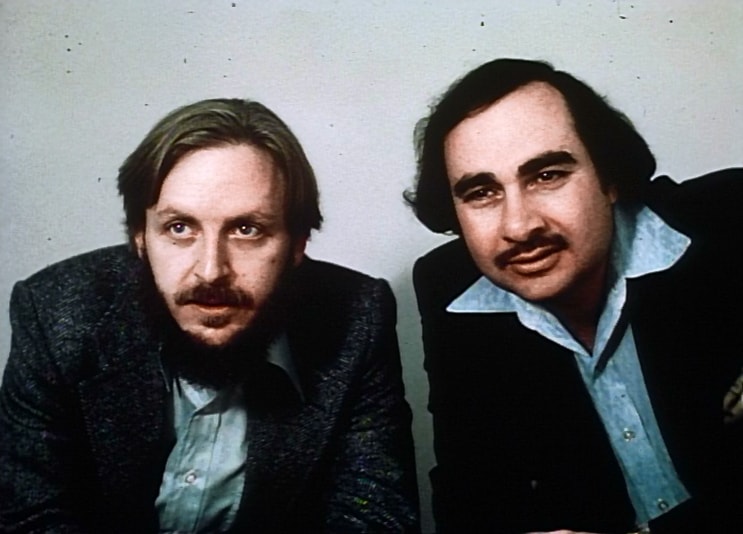
Creators of the Alien: Dan O’Bannon and Ronald Shusett
“This is a movie about alien interspecies rape.” – Dan O’Bannon, Alien Evolution
It wasn’t all easy-going for the two writers, though. After the film came out, studio 20th Century Fox was on the receiving end of a lawsuit for plagiarism. Canadian science fiction writer A.E. Van Vogt claimed Alien had taken heavily from his 1939 short story, Discord in Scarlet. In Van Vogt’s short, a lone survivor of an alien race infiltrates a spaceship and starts implanting eggs into the stomachs of the crew. Sound familiar?
The matter was settled out of court. Either way, though, as a creation, the Alien is a sensational piece of work. Arguably the greatest idea of any Hollywood movie monster.
Designing the ‘dragon’
The studio were delighted with O’Bannon and Shusett’s creation and, in Ridley Scott, hired a director they were confident would bring a wealth of credibility to the world in the script.
There was one big question left, but it was a big one. What would the Alien look like?
Before Ridley Scott came on board as director, producer Walter Hill spoke to Robert Aldrich (What Ever Happened to Baby Jane?, 1962) about helming the film. Aldrich had an idea to shave an orangutan, train it to act, and cast it as the Alien.
Dan O’Bannon also worked closely with concept designer Ron Cobb, resulting in Cobb designing a Lovecraftian four-legged creature with hooks for hands.

Ron Cobb’s concept art for the Alien
Scott, however, wasn’t happy with any of these ideas. He actually considered designing the creature himself until a discussion he had with O’Bannon. O’Bannon had worked on Alejandro Jodorovsky’s ill-fated Dune project some years prior and recalled a talented creative that was part of the art department. This was Swiss surrealist artist named Hans Reudi Giger.
Born in Chur, Switzerland, in 1940, H. R. Giger trained to be an architect, before the attraction of paint and stencils took over. At first, he drew as cathartic release. Painting the images of his nightmares was his therapy.
On the set of Dune, Giger had shown O’Bannon his artwork. A nightmarish blend of the sexual and the horrific, it had genuinely disturbed the writer. “His paintings had a profound effect on me. I had never seen anything so horrible and yet quite so beautiful in my life. And so I ended up writing a script about a Giger monster,” O’Bannon would recall.
O’Bannon gave Scott a copy of Giger’s book, Necronomicon, and Scott was immediately impressed. Citing its blend of beauty, horror and sexuality as what his film needed, Scott offered the Swiss the gig. He had one mandate, though: Giger was to use his Necronom IV piece as the basis for the creature.
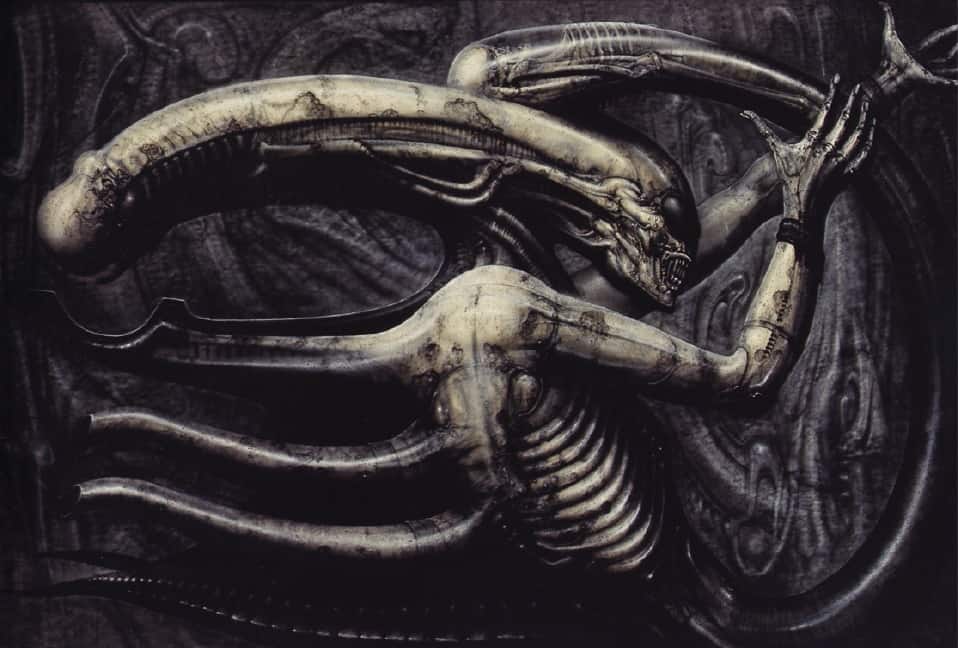
Necronomicon IV by H.R. Giger
You can see the similarities between Necronom IV and the Alien but, in developing the idea, Giger made some changes. His new creature had no eyes, with Giger believing it all the more frightening if you could not tell the Alien was looking at you. And it was Giger who gave the creature an inner set of jaws. He termed his creation, “biomechanical” – a blend of the organic and the mechanic.
Our first visual introduction to the creature in Alien is when the crew come across a chamber full of eggs, and one curious crew member (Kane, played by John Hurt) is greeted by a Facehugger (below). Scott knew the importance of the eggs as a visual tool, and had Giger design those too.
Giger designed the eggs not as fragile objects ready to crack and hatch, but rather as huge, scaly pouches that would slowly open at one end. Giger wanted the eggs to be, “vaginal in appearance, with an inner and outer vulva.” The studio was worried about complaints and possible censorship, so had Giger redesign the opening from a slit, halved opening to a criss-cross shaped, four lobed opening.
Dan O’Bannon’s initial idea for the Facehugger was as a large, Octopus-like beast that would fix itself to a host’s face. Giger substituted tentacles for finger-like limbs and added in a powerful, spring-loaded tail. This facehugger was at least 3 times the size of the creature we now know, and also had a prominent set of eyes. Under instruction from Scott, Giger amended the design to the iconic image we see today.
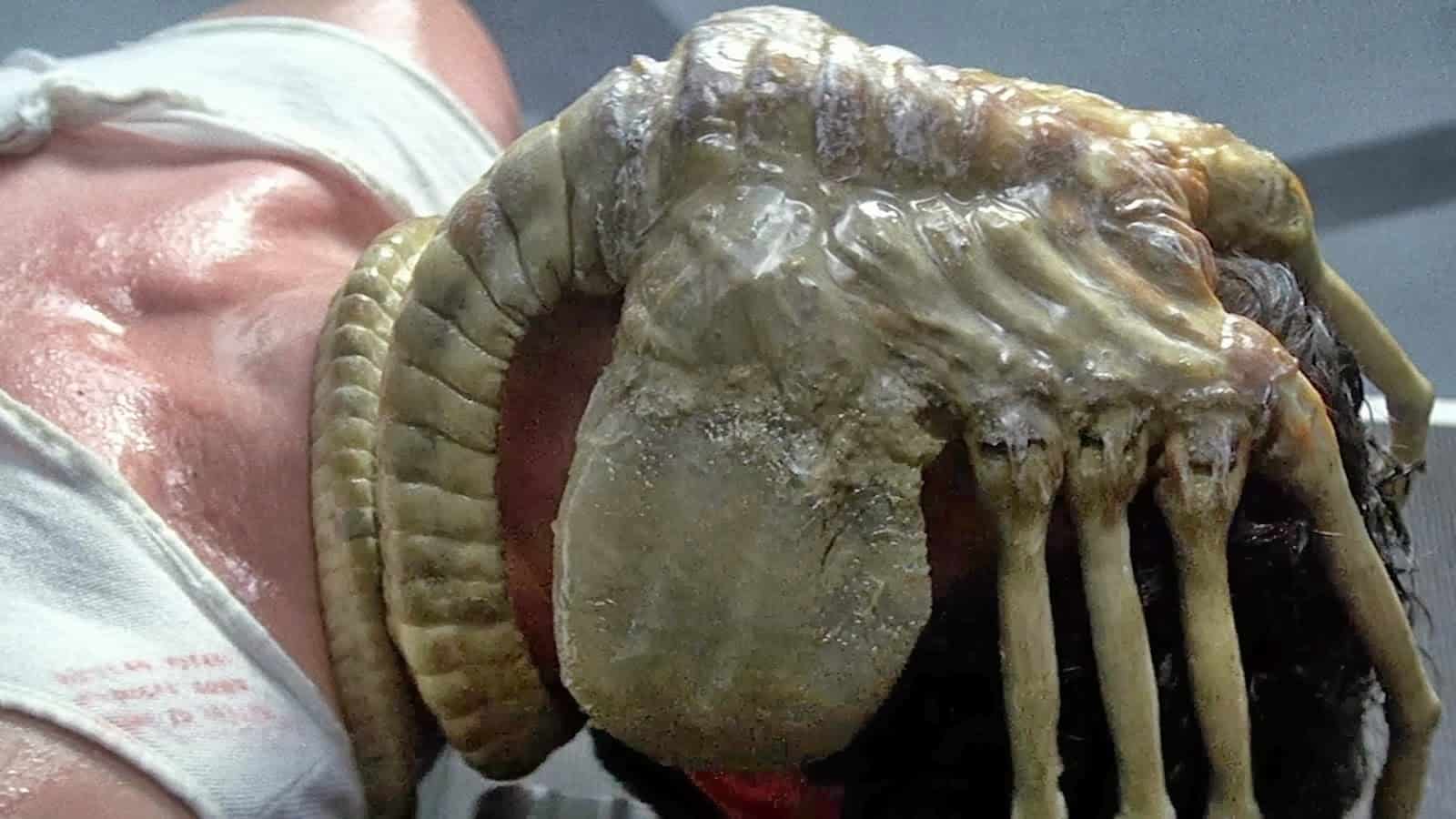
The Facehugger as seen in Alien
Giger also produced a design for the smaller, younger alien – the chestburster.

Giger’s chestburster concept
Thinking Giger’s concept resembled a “bloody turkey”, Scott wasn’t overly keen and redesigned the juvenile Alien himself. Working back from the adult creature, Scott’s chestburster was phallic in appearance, and largely inspired by a Francis Bacon painting.
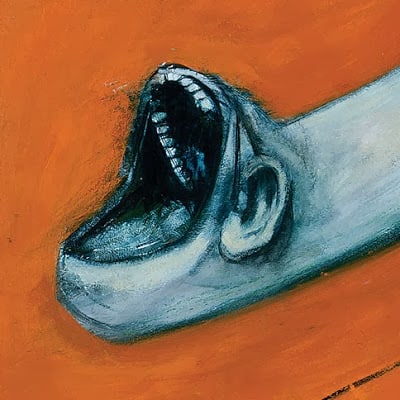
Scott was inspired by the above Francis Bacon artwork
Making the monster
Now realised on paper, the final step was to create the Alien itself – a tangible, real life production that could be filmed on a set.
Giger developed his illustrations and sculpted the Alien with the bones and vertebrae of a snake, plasticine, and parts from a second hand Rolls Royce.
The head was created as an independent practical effect by Carlo Rambaldi. Rambaldi was an effects artist who had worked on King Kong (1976) and Close Encounters of the Third Kind (1977). He manufactured the head as an animatronic device that had 900 moving parts, including mechanisms to operate the jaw, inner jaw, and second set of teeth. The first head Rambaldi created had a translucent skull and included a face, based on a human skull. As the final touches, KY jelly was fed through the head to create the saliva effect around the Alien’s mouth. And condoms were used for the ligament parts of the head.
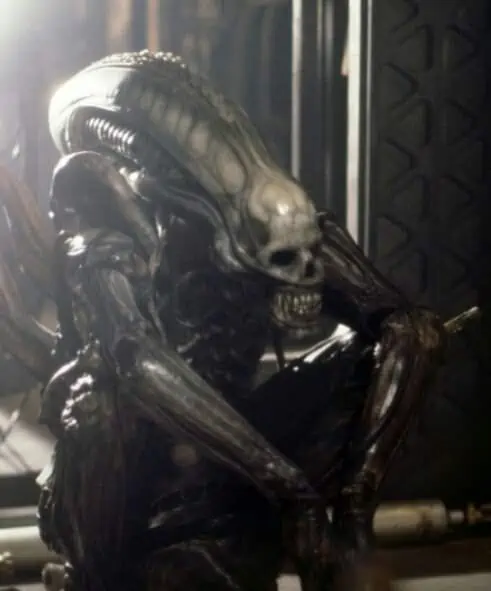
The version of the Alien with a transparent head, and human skull
Ridley Scott was desperate to avoid the man-in-a-rubber-suit effect of horror movies of years gone by. He envisioned a fully animatronic Alien, but the effects technology wasn’t there at the time to create such a monster. As such, he had little choice but to approve the suit approach.
First off, circus performers and acrobats were tried out, to create unnatural, unearthly movements for the monster. Scott wasn’t a fan, and scrapped that idea. Realising that the more human-like qualities the Alien possessed, the more terrifying it would become, he instructed casting director Mary Goldberg to find a very tall, thin actor. Drinking in a Soho pub one evening, Goldberg spotted just what Scott was looking for.
Bolaji Badejo
Bolaji Badejo was a 26-year-old Nigerian graphic designer. Standing 6’10” tall, and with a wire-thin frame, he was perfect for the role. Badejo threw himself into it, training in mime and tai chi to master his movements to be able to move slowly.
During filming, Badejo wasn’t able to sit down easily due to the costume’s tail, so the crew designed a special swing-seat for him. And, eager to prevent tension-destroying on-set bonding, Scott kept Badejo away from the main cast throughout filming.
“Bolaji was about seven feet tall”, Sigourney Weaver (Ripley) would say later, “and looked like he came from a different universe anyway. Ridley was very careful not to have him standing around, and because he was kept apart from us, when it came to seeing him as this creature during a scene, it was electrifying.”
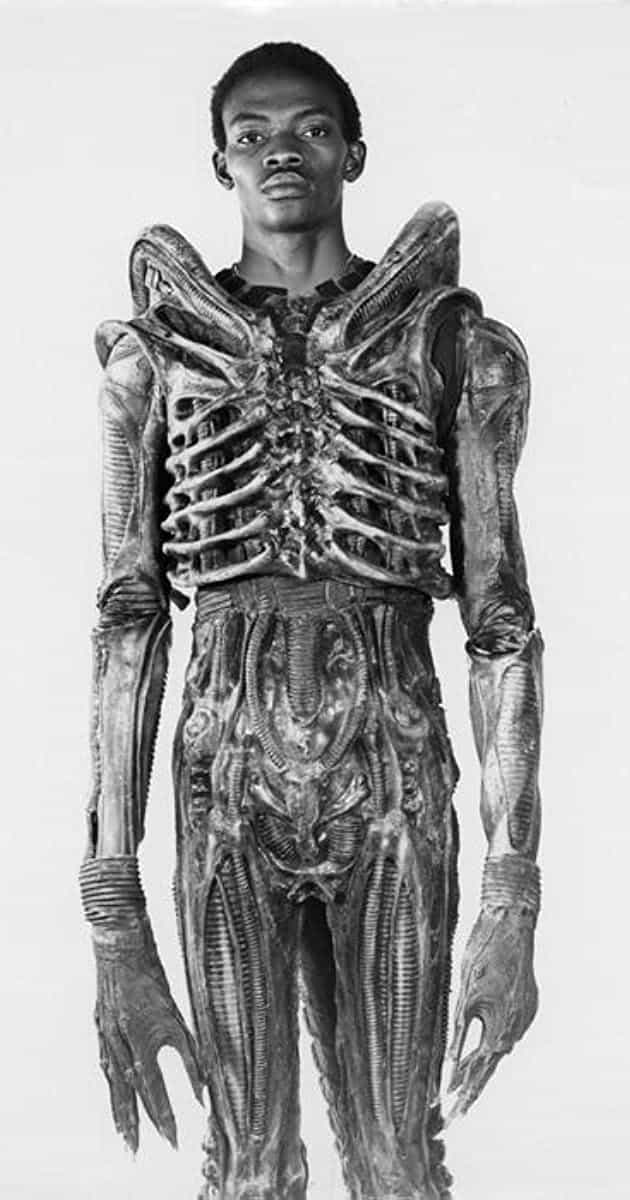
Bolaji Badejo as the Alien
“We shouldn’t call him a monster. He’s better than that.” – Ridley Scott
As a finishing touch, Scott hired a famous voice artist to vocalise the Alien. Percy Edwards had appeared on UK TV throughout the previous two decades mimicking animal noises, and he also provided the whale sounds in Orca (1977).
As for the Facehugger, Dan O’Bannon created the model himself, with Ron Cobb adding in details such as bone and muscle. The facehugger was designed to be the same colour as the adult Alien. However, when O’Bannon saw the unpainted, human flesh-coloured prop, he asked that it remain that way.
And finally, Ridley Scott made an appearance as the Alien, too. In the egg chamber scene, as Kane approaches, he spots movement within the egg. That movement was Ridley Scott’s hands in a pair of rubber gloves.
Legacy of the Alien
Alien was released on May 25th 1979 and hailed as an instant science fiction-horror classic. Taking $184.7m from an $11m budget, it was a huge box office hit. Its success was due in no small part to the title character – creature itself.
Reviews from the time praised the concept and creation of the Alien as a stunning visual effect as well as a terrifyingly effective antagonist. And today, it is held up as one of the greatest Hollywood movie monsters.
Mike Kelt, head of special effects house Artem:
“Giger’s design was ground-breaking in that it was so different from the mainstream. It opened up future possibilities.”
H. R. Giger himself was rightly proud of his creation, and still very protective years later. In 1997, when Giger was inexplicably left off the credits for Alien: Resurrection, the Swiss wrote a furious letter to 20th Century Fox. It read:
“As for those responsible for this conspiracy: all I can wish them is an Alien breeding inside their chests, which might just remind them that the ‘Alien Father’ is H.R.Giger.”
The beginning of a beautiful friendship
Stay up-to-date with all things All The Right Movies by signing up for our e-newsletter.
